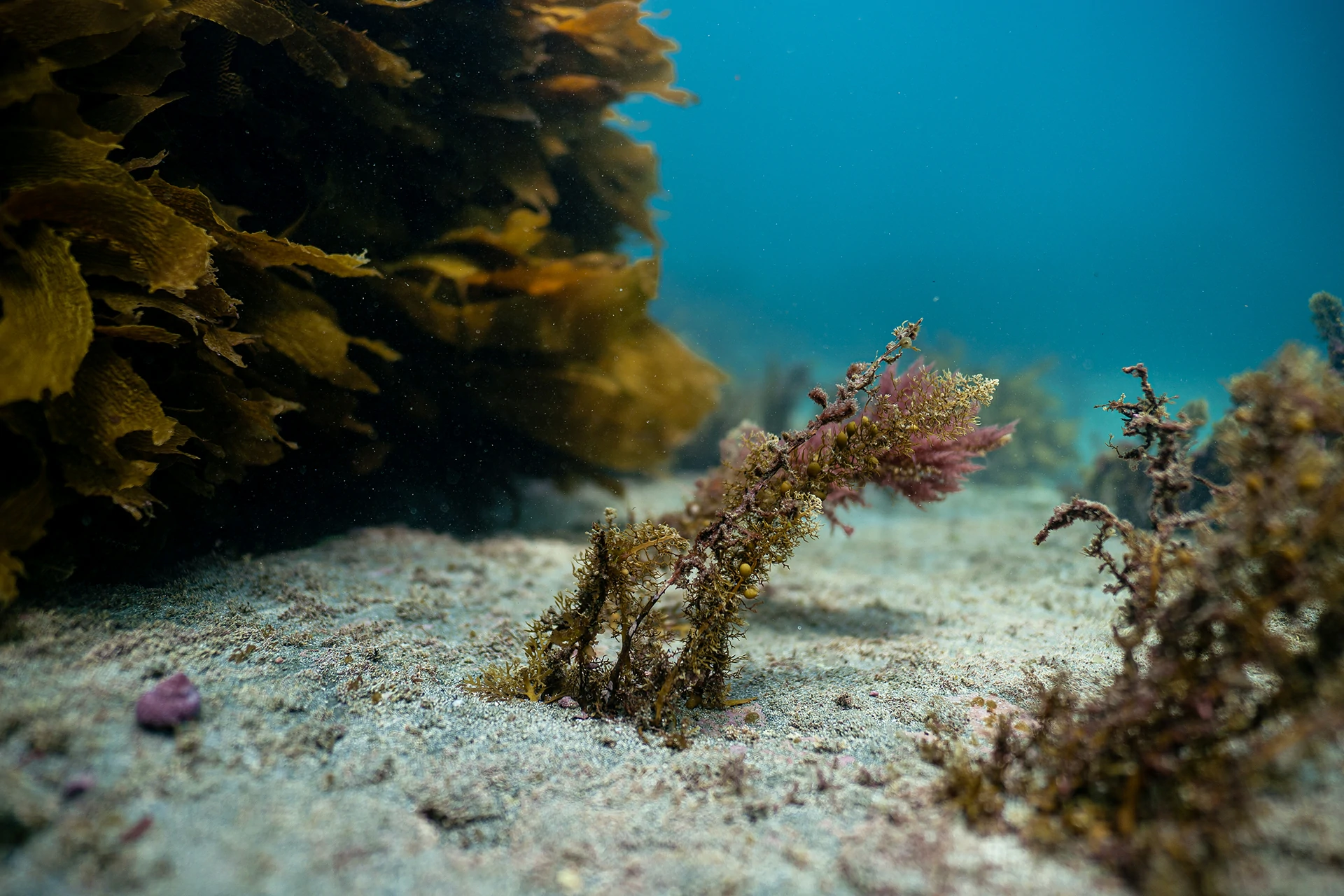

In the quest for sustainability and innovation, the textile industry is undergoing a revolutionary transformation through biofabrication. This cutting-edge technology utilizes biological processes to create textiles, offering a sustainable alternative to traditional manufacturing methods. In this blog, we will delve into the world of biofabricated textiles, exploring their development, benefits, and potential impact on the fashion industry.
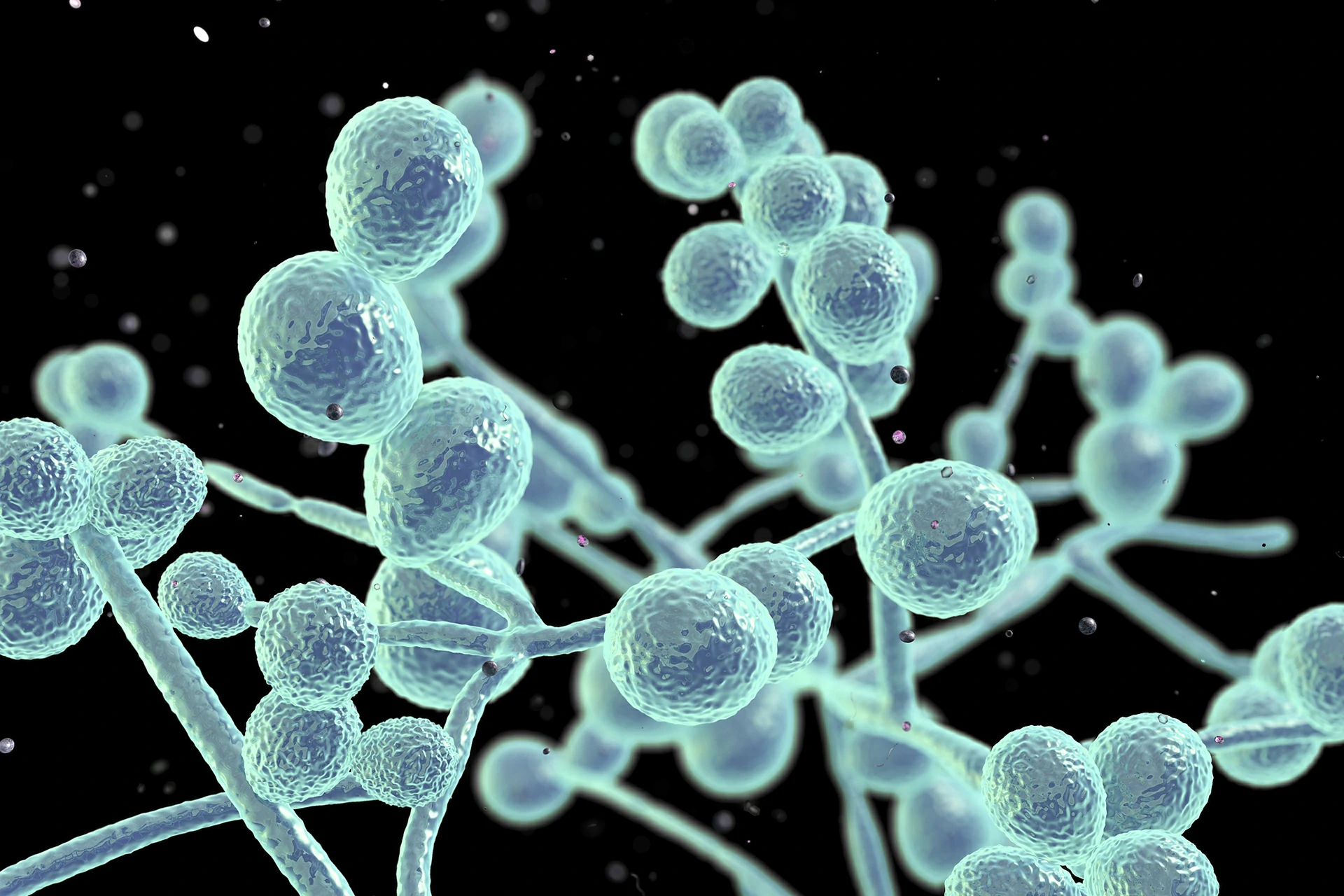
Biofabricated textiles are materials produced using biological organisms or systems. Unlike conventional textiles, which rely heavily on petrochemical-based fibers and resource-intensive processes, biofabricated textiles are created through natural processes that are both sustainable and environmentally friendly. These textiles can be produced by harnessing the capabilities of bacteria, fungi, algae, and other microorganisms to create fibers and fabrics with unique properties.
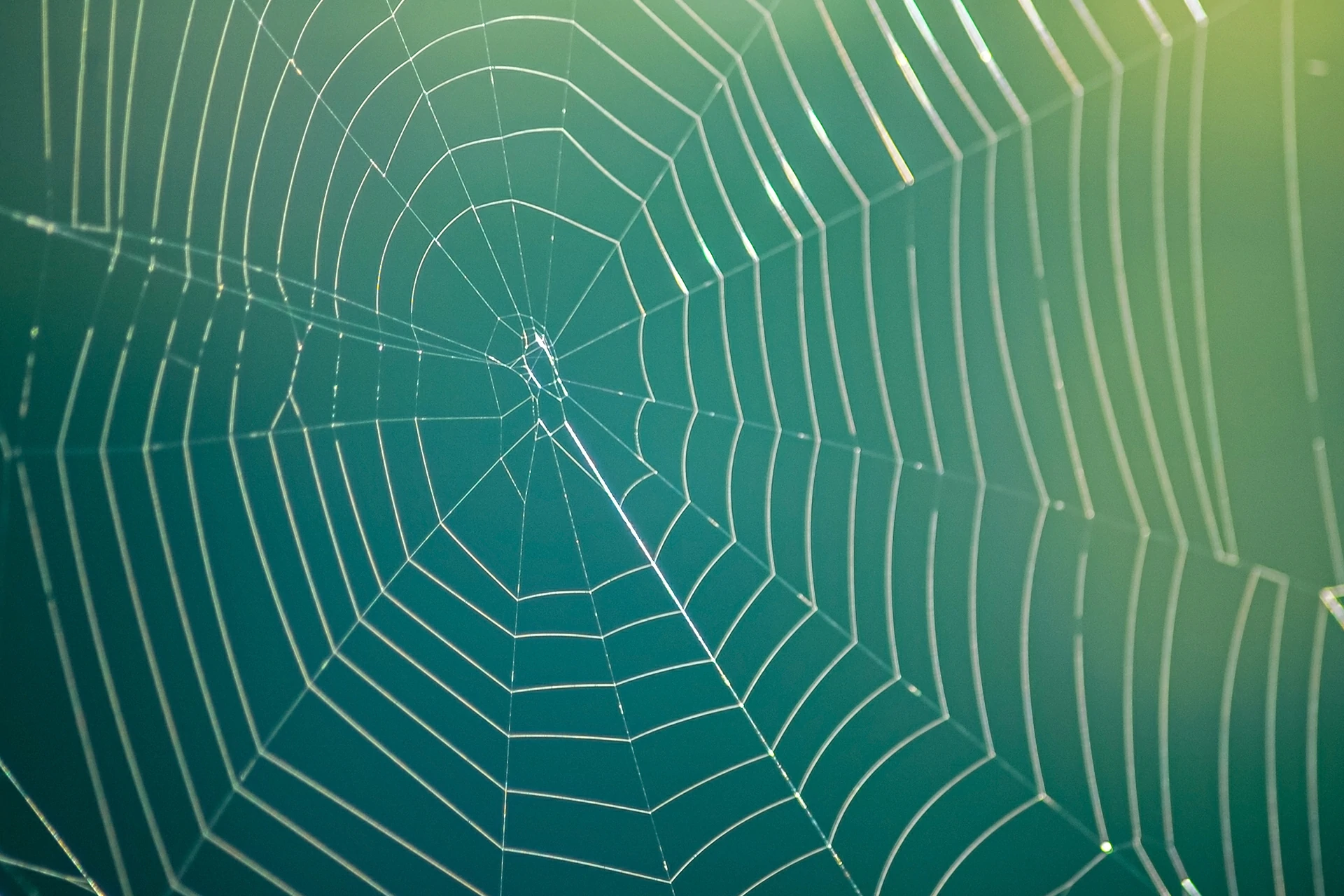
Microbial Production: One of the most promising approaches in biofabrication is the use of genetically engineered microorganisms to produce textile fibers. For example, companies like Bolt Threads and Spiber have developed methods to produce spider silk using genetically modified yeast. This spider silk is not only incredibly strong and lightweight but also biodegradable, making it an excellent sustainable alternative to synthetic fibers like nylon and polyester.
Mycelium-Based Textiles: Mycelium, the root structure of fungi, is another innovative material in the biofabrication space. Companies like MycoWorks and Ecovative Design have pioneered the use of mycelium to create leather-like materials that are durable, flexible, and biodegradable. These mycelium-based textiles offer a cruelty-free and sustainable alternative to animal leather.
Algae-Derived Fabrics: Algae is being explored as a source of sustainable fibers and dyes. Algal biomass can be processed into various textile materials, offering a renewable and biodegradable option. Algae-derived textiles can also be used to produce natural dyes, reducing the need for harmful synthetic dyes in the textile industry.
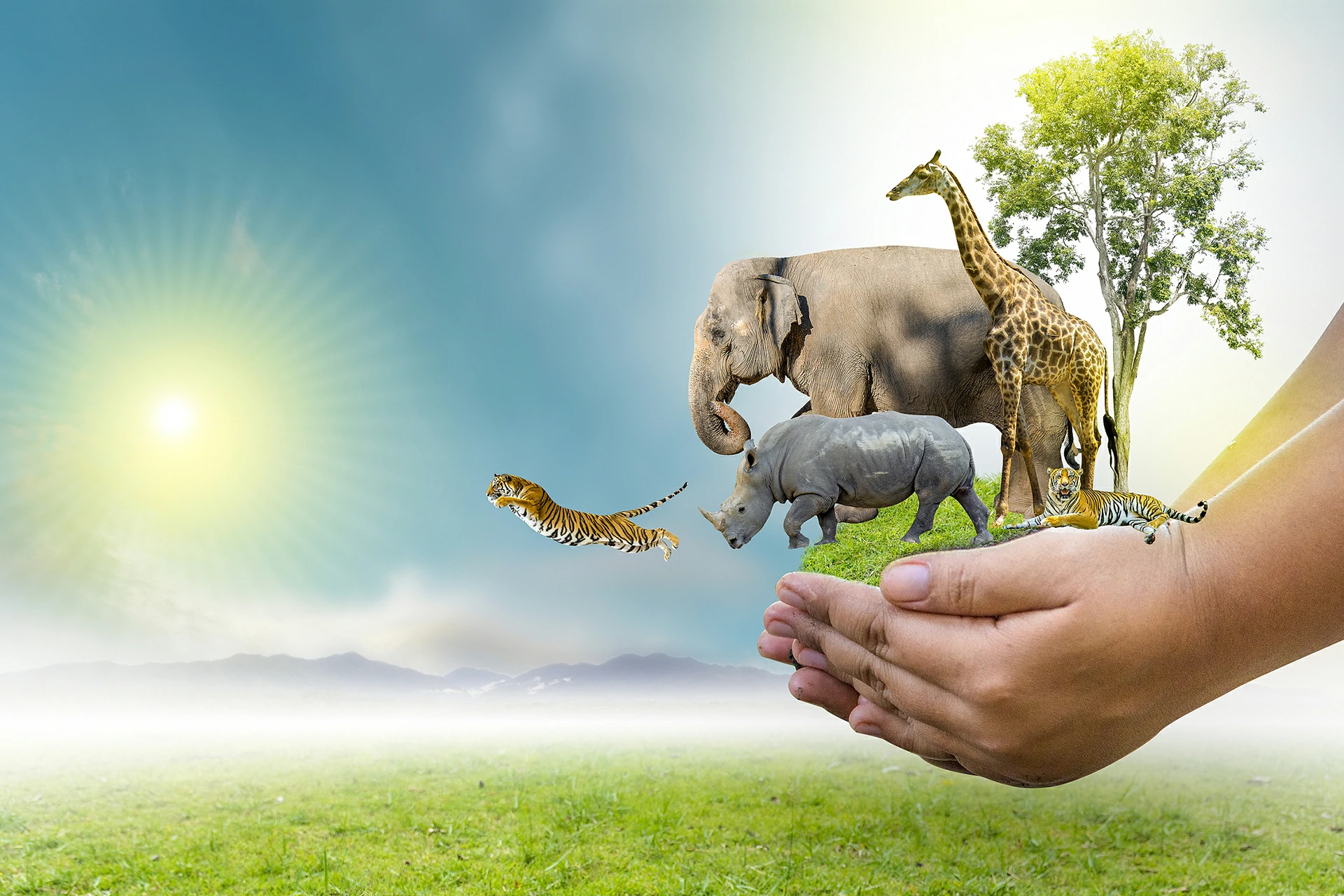
Sustainability: One of the primary advantages of biofabricated textiles is their minimal environmental impact. Traditional textile production often involves harmful chemicals and significant water consumption. Biofabrication, on the other hand, can reduce resource use and eliminate toxic byproducts.
Biodegradability: Many biofabricated textiles are designed to be biodegradable, meaning they can decompose naturally without harming the environment. This contrasts sharply with synthetic fibers like polyester, which can take hundreds of years to break down.
Innovation in Material Properties: Biofabricated textiles can be engineered to have unique properties such as enhanced strength, elasticity, and antimicrobial qualities. These materials can be customized for specific applications, from high-performance sportswear to medical textiles.
Ethical Production: The use of biofabrication can also address ethical concerns in the fashion industry, such as animal welfare and labor conditions. For instance, lab-grown leather does not require animal hides, reducing the demand for livestock farming and associated ethical issues.
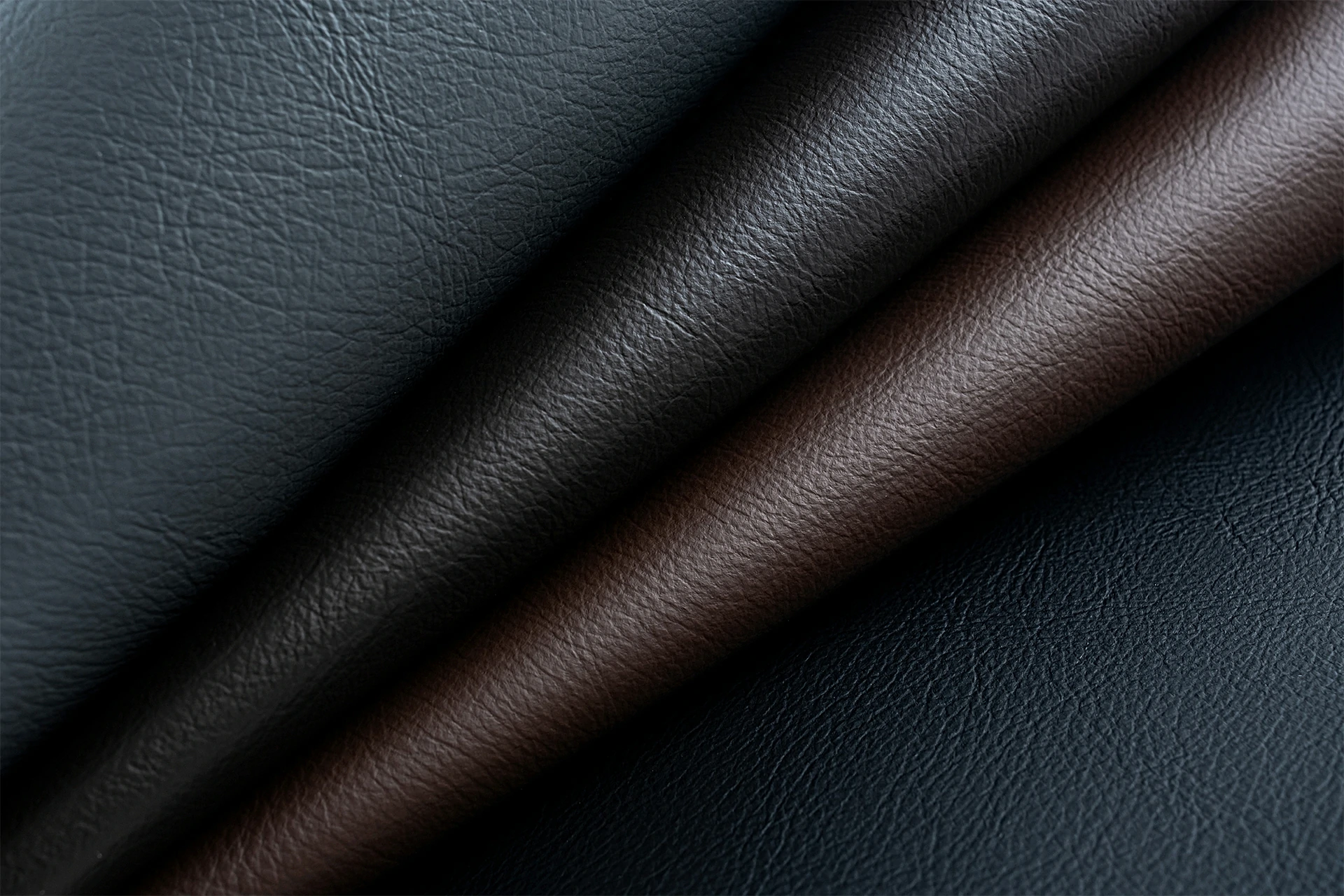
Spider Silk: One of the most well-known examples of biofabricated textiles is synthetic spider silk. Companies like Bolt Threads and Spiber have developed processes to produce spider silk proteins using genetically modified yeast. The resulting fibers are incredibly strong, lightweight, and biodegradable, making them ideal for various applications, including outdoor gear and medical sutures.
Mushroom Leather: Mycelium, the root structure of fungi, is being used to create sustainable leather alternatives. Mycelium-based leather, produced by companies like MycoWorks and Ecovative, mimics the texture and durability of animal leather while being fully biodegradable and requiring fewer resources to produce.
Algae-Based Fabrics: Algae is another promising source of biofabricated textiles. Algal fibers can be used to create eco-friendly fabrics with unique properties such as UV resistance and antimicrobial effects. Algae can also be cultivated sustainably, making it a viable raw material for the textile industry.
Bacterial Cellulose: Bacterial cellulose, produced by bacteria like Acetobacter xylinum, is being explored for use in fashion. This material is highly absorbent, strong, and can be grown in various shapes and sizes. Companies like Modern Meadow are using bacterial cellulose to create novel fabrics and leather alternatives.
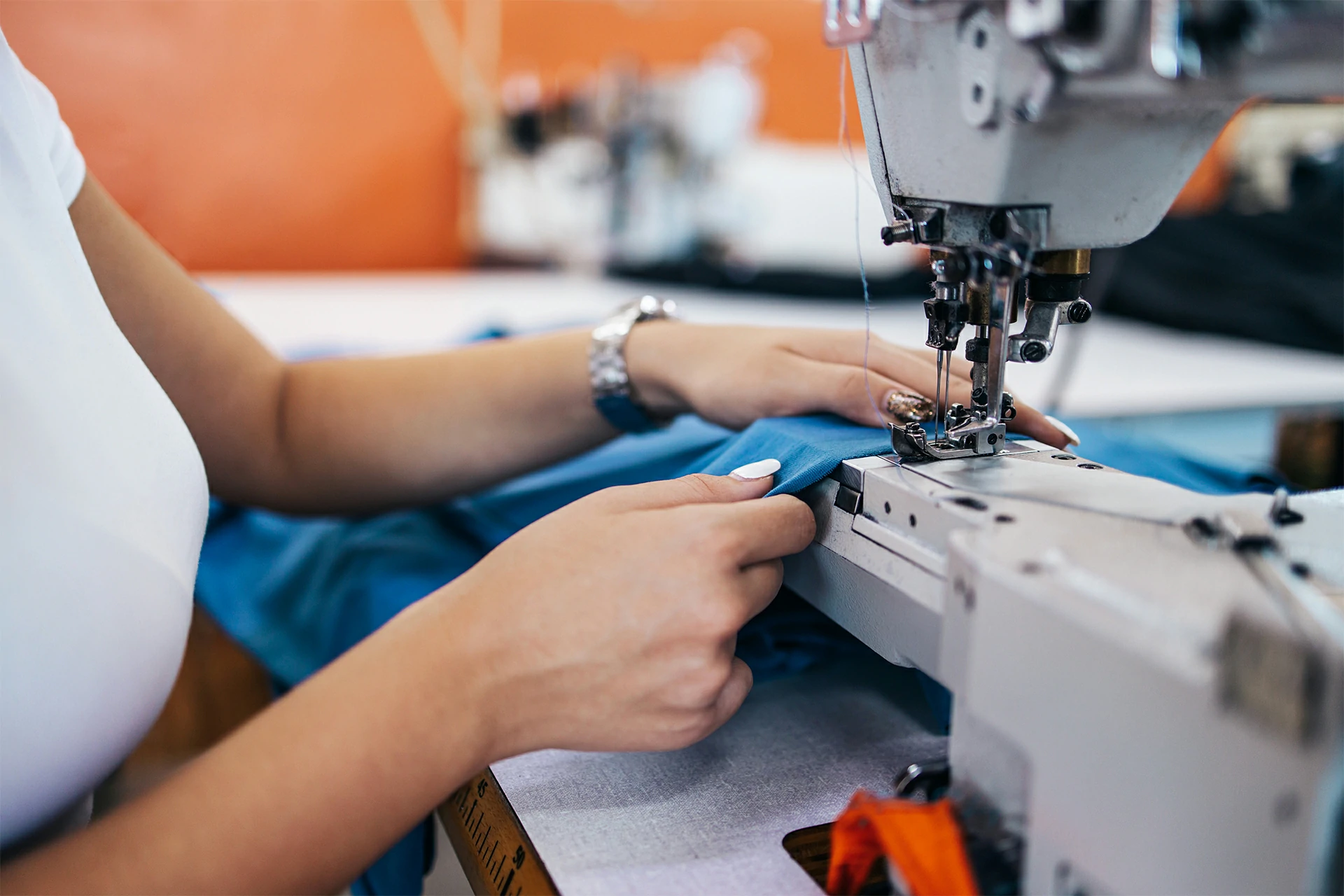
The potential for biofabricated textiles is vast, and ongoing research and development are likely to bring even more innovations to the market. As consumers become more environmentally conscious and demand sustainable products, the fashion industry is poised to embrace these materials on a larger scale.
However, there are still challenges to overcome, such as scaling production to meet global demand and ensuring that these materials can compete with traditional textiles in terms of cost and performance. Collaboration between scientists, designers, and industry stakeholders will be crucial in overcoming these hurdles and realizing the full potential of biofabricated textiles.
Layne | 07-26-2024 | Views 412 times
Exploring Biofabricated Textiles Exploring Biofabricated Textiles 1. Background In the quest for sustainability and innovation, the textile industry is undergoing a revolutionary transformation through biofabrication. This cutting-edge te...
Layne | 07-16-2024 | Views 168 times
Exploring T800 Fabric: Innovation and Comfort In the realm of textile innovation, T800 fabric stands out as a preferred choice for discerning markets seeking both functionality and style. Derived from a blend of PBT and PET polyester fibers, T800 fabric blends t...
Layne | 07-16-2024 | Views 321 times
Bio – Enzyme Recycling Polyester Technology 1. Background Each year, the textile and fashion industry produces 100 billion garments, with 92 million tons ending up in landfills—a truckload of clothes discarded every second. Since polye...
Layne | 07-16-2024 | Views 356 times
Xylitol – New Technology To Unlock Lasting Cool Feeling 1. What is Xylitol and Its Advantages Xylitol, commonly known as a sugar substitute, is a naturally occurring sugar alcohol that is favored for its many properties in a variety of...
Layne | 07-11-2024 | Views 208 times
Emerging Trends in Outdoor Fabric: A Look into the Future In the dynamic world of outdoor fabrics, trends are constantly evolving to meet the demands of both functionality and style. As we move into the future, several key trends are shaping the landscape of out...
Layne | 06-24-2024 | Views 232 times
Blended Spinning Of Refined Cotton And Long-Staple Apocynum Ramie 1. Innovation Background In recent years, the development of Xinjiang apocynum resources has gained significant consumer recognition for its natural antibacterial properties, ability to keep warm in wint...
Contact us now for a free consult!